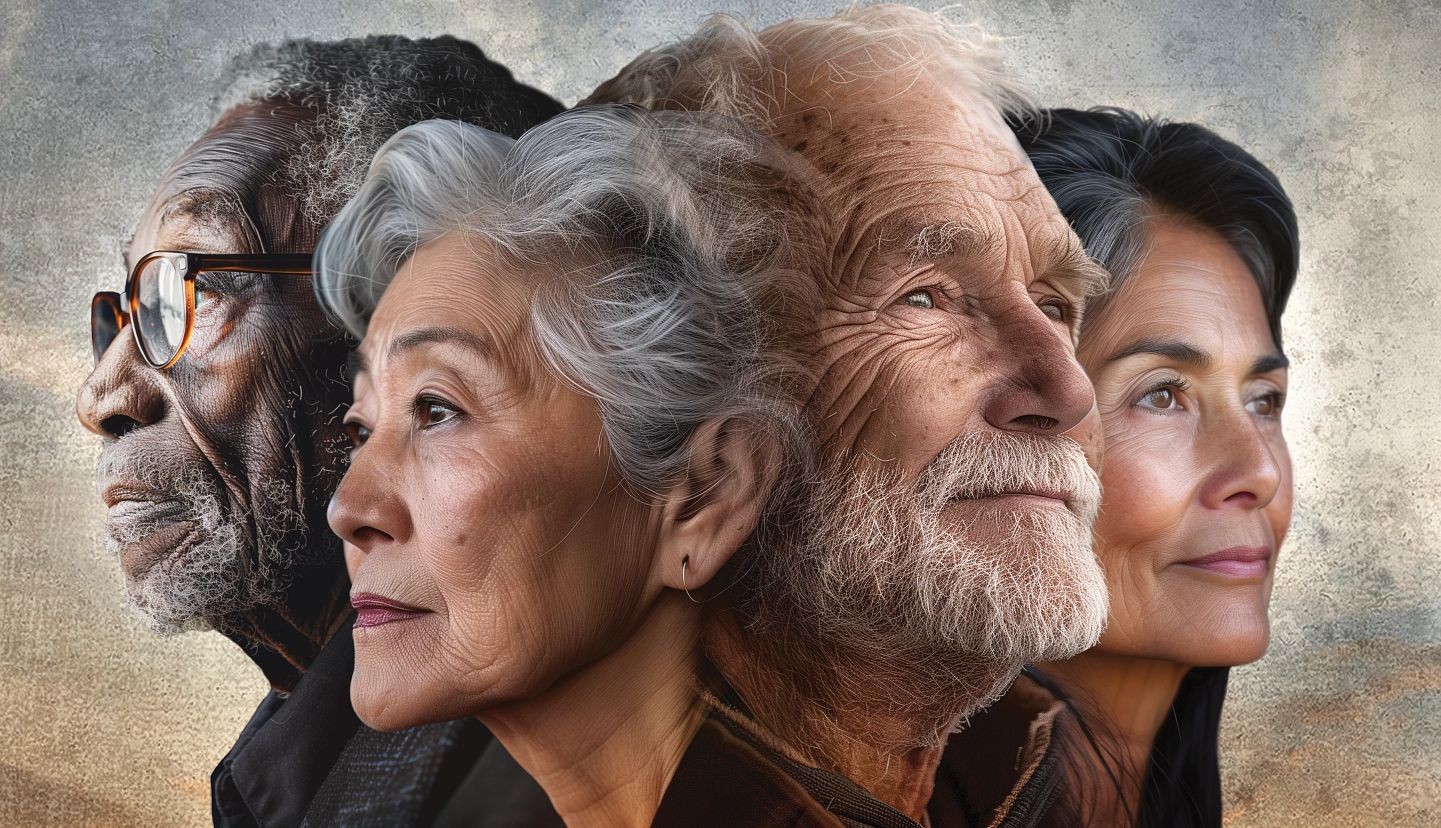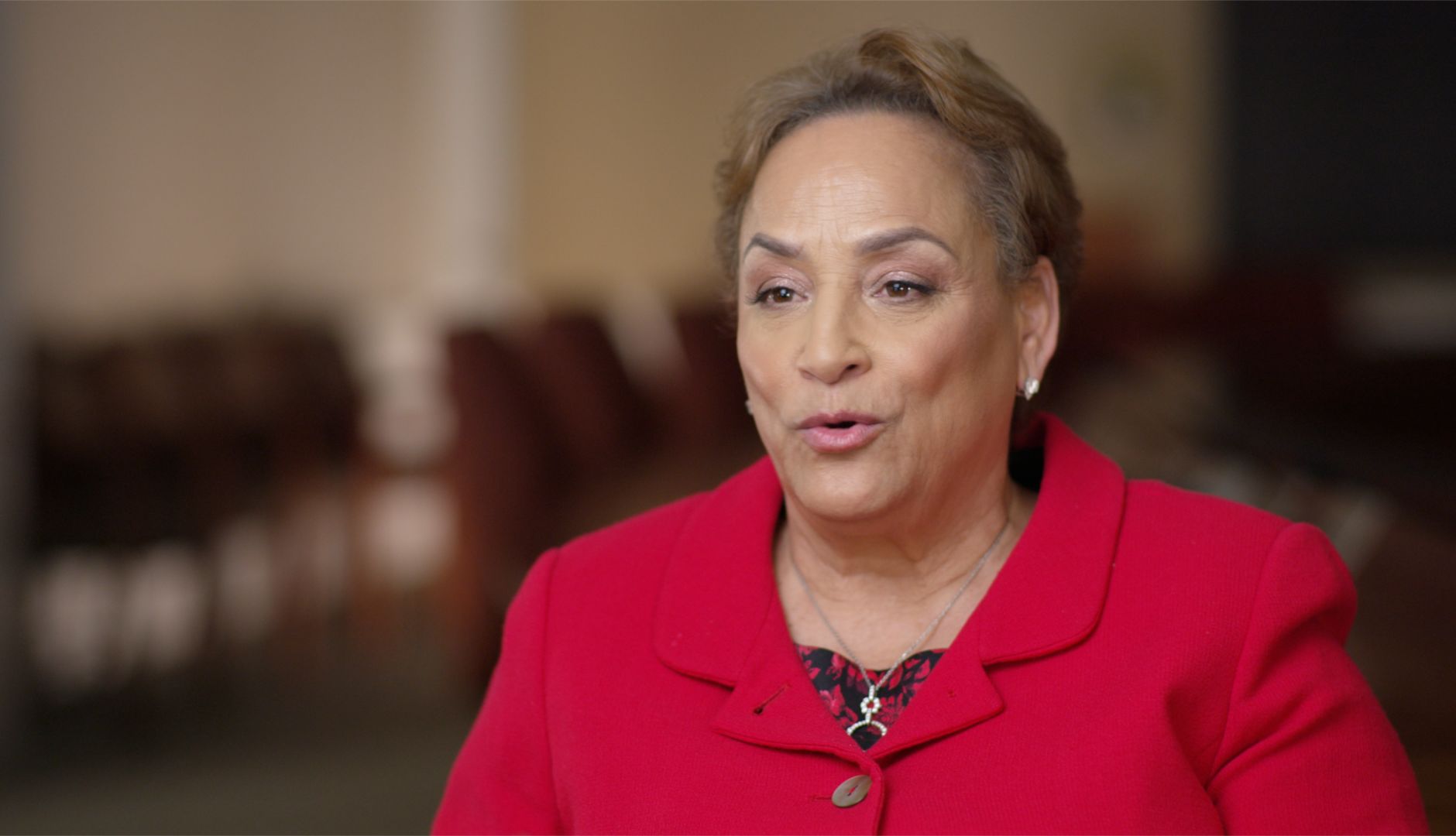AARP Hearing Center


The documentary Aging in America: Survive or Thrive, narrated by Martin Sheen, 84 (on PBS starting in early May; check local listings), celebrates the encouraging progress society has made in dealing with aging as well as the daunting challenges still faced by a rapidly aging population. In 1975 there were 25 million Americans over 65; today it’s more than doubled to 55 million, and in 10 years the 65-plus will outnumber those under 18 for the first time. Director Neil Steinberg tells AARP what we can learn from the expert testimony and personal stories featured in the film, how far we’ve come in dealing with aging and what remains to be done.
Aging in America is inspired by Dr. Robert Butler's Pulitzer Prize-winning 1975 book Why Survive? Being Old in America. Who was Butler?
He coined the phrase “ageism.” He created the first department of geriatrics at a medical school, Mount Sinai, and was the first director of the National Institute on Aging. He gave birth to a whole generation of people who study this field. We thought, “Hey, it’s 50 years later — let’s take a look how we are doing.”
You interviewed AARP’s former CEO Jo Ann Jenkins for the film. What was her take?
She talked about how our experience growing older is so much different than for our parents and grandparents. We’ve never had this many older people as a percentage of the population, and also with different rules. And Jo Ann made the point, which we thought was great, that one of the keys to being successful in our later years is having purpose.


She said, “We want to make sure that you’re living your 65-plus-year life in the best possible way — having that mission [of] purposeful meaning in your life, I think, is key to happiness.”
Yes. You need your health and financial security. But having purpose is key to having a really satisfactory later life.
Whom did you interview to prove her point?
We did a profile of Michael Okamura in Los Angeles, who retired after a long career in banking. He said, “I was completely stressed out in my 60s, and I wanted to get in touch with my culture.” And he became the head of the Little Tokyo Historical Society. That purpose, of being active in his community, was so much more satisfying than anything he had done in his life before, professionally. A new chapter — it was great!
Have things gotten better in 50 years?
In some areas. Ageism is a little bit better than it was. But homelessness is far worse now. We did a profile of Connie, a nurse with some savings: In later years cancer completely wiped her out, not only physically and emotionally but financially. She lived on the streets and in a van for 11 months. The fastest-growing group of people who are becoming homeless are now people over the age of 50.

































































More From AARP
What to Watch on TV and at the Movies This Week
See Martha Stewart’s ‘Yes, Chef!,’ ‘Cheech & Chong’s Last Movie’ and more
Samuel L. Jackson Keeps On Keeping On
The prolific actor talks about growing up in the segregated south and his secrets for always moving forward
‘Call Me Dancer’ Follows Unlikely Friendship
Documentary focuses on family, culture and ageism